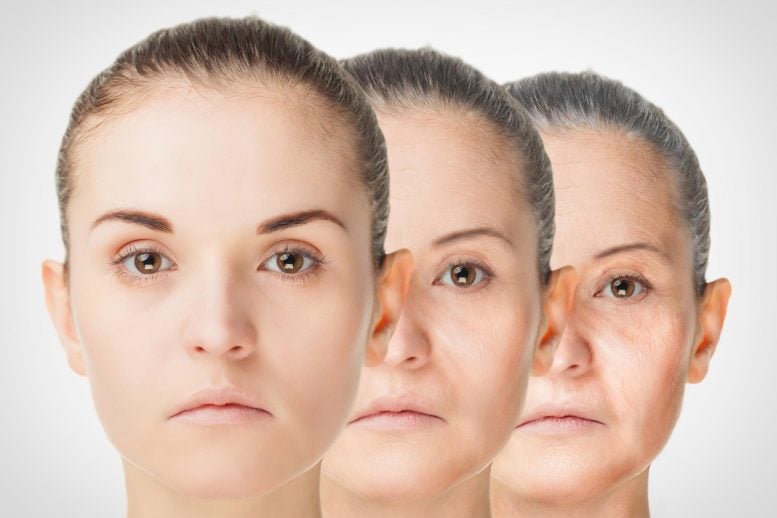
If scientists can identify chromatin-modifying regulators that are downregulated in aging stem cells, restoring their expression would be a potential target to prevent aging.
Scientists have developed a method to identify aging muscle stem cells.
The issue of aging and the fight against it has long been prevalent in both classic and contemporary literature throughout human history. From the ill-fated Qin Shi Huang’s expedition to the sea in pursuit of eternal life to the fame of Count Dracula in the West, aging has caught the world’s fascination for thousands of years and remains unsolved.
In an exciting breakthrough, scientists have developed a way to identify aged muscle stem cells (MuSCs) based on their chromatin signature. MuSCs play an important role in muscle repair. The research team was from the Hong Kong University of Science and Technology (HKUST) and was led by Professor Tom Cheung, an associate professor of life sciences.
In contrast to their younger counterparts, aging MuSCs have decreased stemness (the ability to become new stem cells or turn into specialized cells to replace damaged tissues). If the chromatin signature of an aged cell can be restored to that of a young cell, the process of cellular aging—and, in this example, skeletal muscle tissue aging—may be slowed or even reversed.
The findings were recently published in the journal iScience.
“The regulation of chromatin accessibility is critical for cell fate decisions,” said Professor Cheung. “Changes in the chromatin state can lead to dysregulation of gene expression. In our study, we were able to identify the chronically activated chromatin state as a hallmark of stem cell aging, which could be a target for developing anti-aging strategies.”
Chromatin, a complex of DNA that wraps around histones to maintain DNA in its proper architecture, undergoes rapid changes in its structure in response to the extrinsic environment. As a continuation of their previous study, the team pre-fixed muscle stem cells in the mouse to obtain quiescent cells (dormant cells that will activate to repair injured muscle) and obtained their gene and chromatin signatures, in which they then compared the chromatin accessibility over time.
“We showed that the chromatin environment of young muscle stem cells is very compact during quiescence, becomes highly accessible on early activation, and gradually re-establishes the compact state after long-term regeneration. However, aged muscle stem cells lose their ability to maintain such a compact chromatin environment during quiescence,” said Dr. Anqi Dong, first author of the study and a former member of Professor Cheung’s research group who is now a Postdoctoral Fellow at the Université libre de Bruxelles.
Many possibilities are waiting to be unearthed now that scientists have gained a better understanding of what happens to an aging cell, opening a variety of avenues for anti-aging strategies to be pursued further.
“Have we solved the mystery of aging? Yes, but not quite,” noted Professor Cheung. “If we can find chromatin-modifying regulators that are downregulated in aged stem cells, these will be potential targets to prevent aging by restoring their expression. As we are able to make a clear comparison between the chromatin states of young and old muscle stem cells, we have also identified target locations that are specifically accessible in young muscle stem cells. If the accessibility of those regions can be maintained during aging, we may be able to find ways to keep cells young and healthy longer.”
“Our current study describes the changes in chromatin accessibility during stem cell isolation and activation, but the journey has just begun,” said Professor Cheung. “We look forward to further investigating the mechanisms that alter the chromatin state during muscle stem cell isolation and activation, and it is important we conduct the same study in vivo for more insights.”
Reference: “Global chromatin accessibility profiling analysis reveals a chronic activation state in aged muscle stem cells” by Anqi Dong, Jing Liu, Kangning Lin, Wenshu Zeng, Wai-Kin So, Shenyuan Hu and Tom H. Cheung, 17 August 2022, iScience.
DOI: 10.1016/j.isci.2022.104954

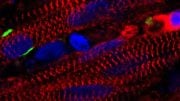
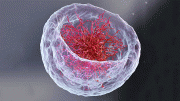

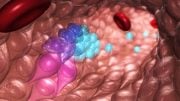
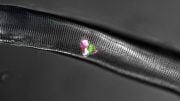
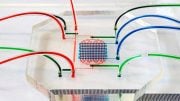

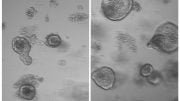
Be the first to comment on "New Potential for Reversing Aging: Scientists Discover Changes in Aging Stem Cells"